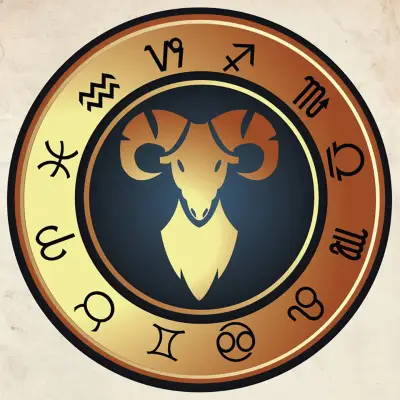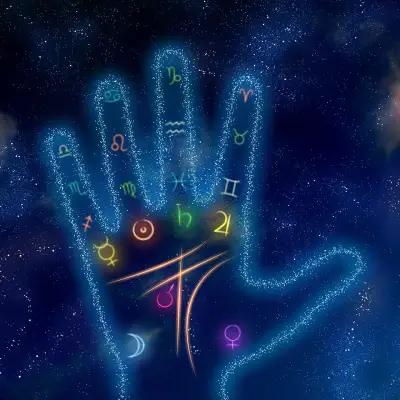Known for its distinctive shape and fascinating mythology, Libra is a constellation worth exploring. Whether you're a budding astronomer, a lover of mythology, or simply curious about the stars, this guide shares facts and myths surrounding the Libra constellation, as well as tips for viewing it in the sky.
Jump to:
What is the Libra Constellation Known For?
Libra, Latin for "the scales," is unique among the zodiac constellations because it represents an inanimate object rather than a living creature. It's known for symbolising balance and justice, often associated with fairness and equality. In astrology, Libra is considered an air sign and is ruled by the planet Venus, which governs love, beauty, and harmony.
Stars in Libra
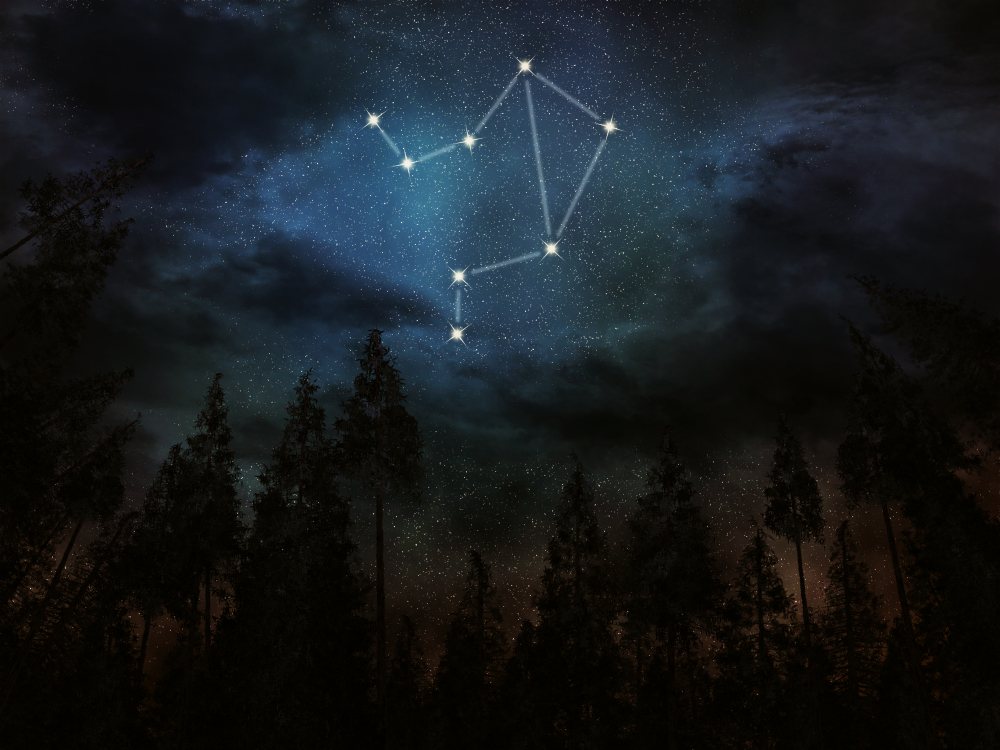
Libra contains several notable stars that are relatively easy to spot:
- Zubenelgenubi (Alpha Librae): The brightest star in the constellation, Zubenelgenubi is actually a binary star system. Its name means "the southern claw," a reference to its historical association with the neighbouring constellation Scorpius.
- Zubeneschamali (Beta Librae): Slightly dimmer than Alpha Librae, this star's name translates to "the northern claw." Interestingly, some ancient astronomers reported seeing it as green, a rare colour for stars.
- Gamma Librae: Known as Zubenelhakrabi, which means "the scorpion's claw," this star is the third brightest in Libra and marks the constellation's northernmost point.
Recommended for you!
Best SellersWhat Does Libra Look Like?
The Libra constellation is not one of the most conspicuous, but with a bit of practice, you can find its distinctive shape. Imagine a set of scales in the sky, with Zubenelgenubi and Zubeneschamali representing the two balance points. The stars form a quadrilateral shape, making it easier to identify once you know what to look for.
What is the Myth of Libra?
In Roman mythology, Libra is associated with the goddess Astraea, who personified justice. According to the myth, Astraea was the last of the immortals to live among humans during the Golden Age, a time of peace and prosperity. As humanity descended into corruption, Astraea ascended to the heavens, taking the scales of justice with her. This story highlights Libra's strong connection to justice and fairness.
The Spiritual Meaning of the Libra Constellation
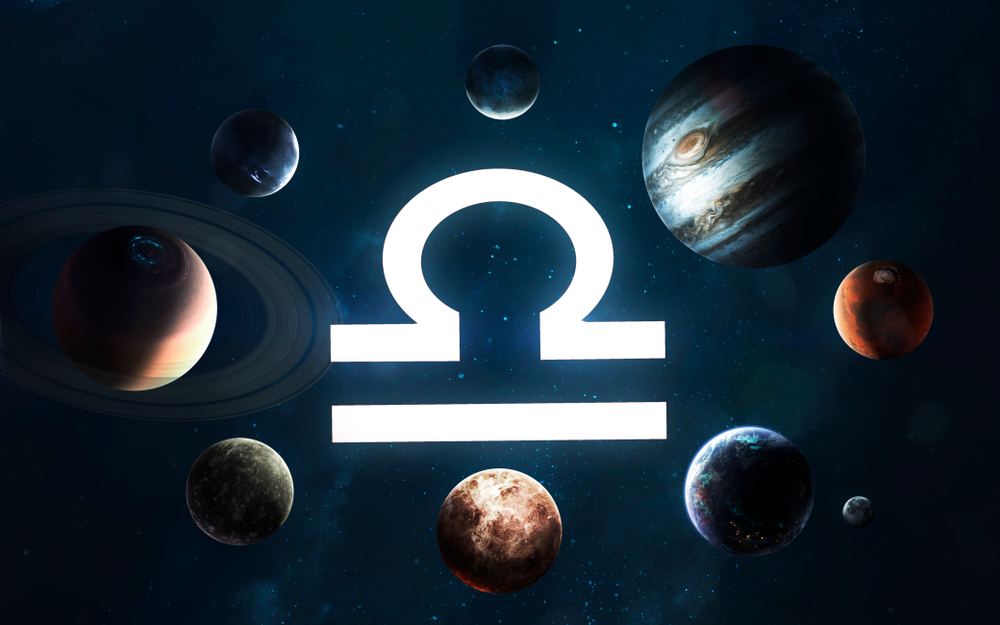
Spiritually, the Libra constellation is often linked to balance, harmony, and equilibrium. It encourages a sense of fairness and the pursuit of justice in life. Many believe that meditating on Libra's energy can help bring a sense of peace and balance, fostering better relationships and a more harmonious existence.
Fun Facts About the Libra Constellation
What Are Three Fun Facts About the Libra Constellation?
- Astrological Significance: Libra is one of the twelve zodiac constellations and is associated with people born between September 23 and October 22.
- Historical Connection: Historically, Libra was part of the constellation Scorpius, representing the scorpion's claws before being designated as its own constellation by the Romans.
- Cultural Symbol: Libra's scales are a symbol often used in legal contexts, representing fairness and justice, hence its association with the legal profession.
Observing Libra
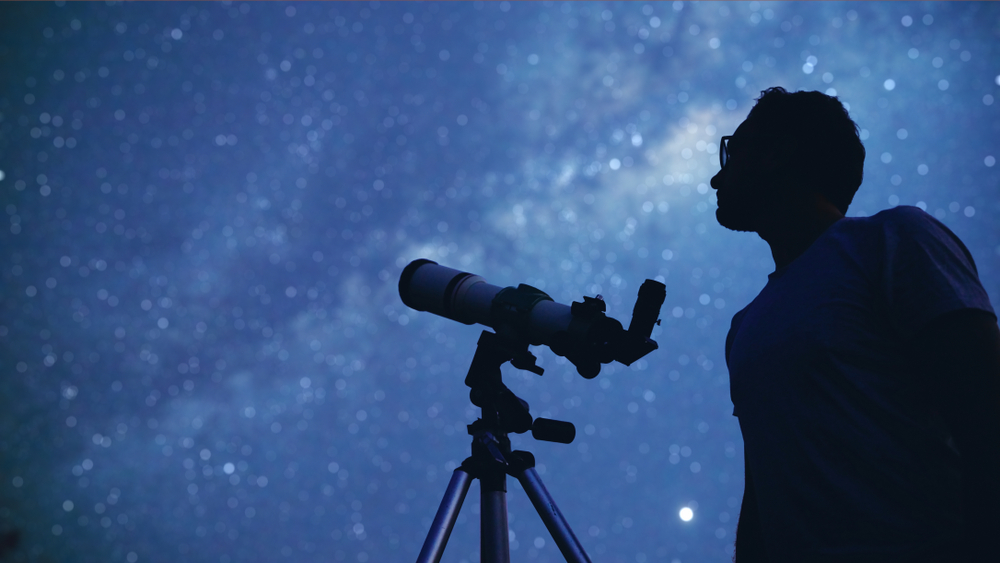
If you're excited to spot the Libra constellation, timing is everything. With a little planning, you can catch this elegant constellation at its best. Here’s when and how to observe Libra in the night sky.
What Month Can You See Libra?
The best time to see Libra is during the months of May through July when it is most visible in the night sky. During this period, the constellation is high above the horizon after sunset, making it easier to spot. These months offer the clearest views, with Libra well-positioned for evening stargazing.
Tips for Observing Libra
- Find a Dark Sky Location: To get the best view of Libra, find a location away from city lights. A dark sky will make it easier to see the constellation's fainter stars.
- Use a Star Map or App: A star map or stargazing app can help you locate Libra and understand its position relative to neighbouring constellations like Virgo and Scorpius.
- Look for the Quadrilateral Shape: Libra’s main stars form a quadrilateral, which can help you identify it in the sky. Look for Zubenelgenubi and Zubeneschamali, which represent the scales' balance points.
- Bring Binoculars or a Telescope: While Libra's main stars are visible to the naked eye, using binoculars or a small telescope can enhance your view and help you see additional details.
Want to put your knowledge of Astrology to the test?
Centre of Excellence has you covered.
Sample the first 2 modules of our Astrology Diploma Course for FREE!
Frequently Asked Questions About the Libra Constellation
What is the size of the Libra constellation?
Libra covers an area of 538 square degrees in the sky, making it the 29th largest constellation out of the 88 modern constellations.
Can Libra be seen with the naked eye?
The main stars of the Libra constellation can be seen with the naked eye under good viewing conditions. However, for a more detailed view, a telescope or binoculars can help identify fainter stars and celestial objects within Libra.
What deep-sky objects can be found in the Libra constellation?
Libra is not particularly rich in deep-sky objects, but it does contain a few notable ones, including the globular cluster NGC 5897, which is a large and loose cluster visible with a small telescope.
How did the Libra constellation get its name?
The name "Libra" is Latin for "scales" or "balance," reflecting the constellation's representation of justice and fairness. This name has been used since Roman times.
What is the historical significance of the Libra constellation?
Historically, Libra was once part of the constellation Scorpius, with its stars representing the scorpion's claws. The Romans later designated Libra as a separate constellation to symbolise the scales of justice.
Are there any meteor showers associated with the Libra constellation?
Libra is not associated with any major meteor showers. Most meteor showers are linked to constellations with more prominent and numerous stars.
What is the brightest star in Libra?
The brightest star in Libra is Zubenelgenubi (Alpha Librae), which is actually a binary star system. It has a combined apparent magnitude of 2.75.
How does Libra relate to the zodiac?
Libra is the seventh sign of the zodiac and is represented by the scales, symbolising balance and justice. In astrology, it is an air sign and is ruled by Venus, which influences its association with love, beauty, and harmony.
What is the story behind Libra's association with Astraea?
Astraea, the Roman goddess of justice, is often linked to the Libra constellation. According to mythology, Astraea lived among humans during the Golden Age. As humanity became corrupt, she ascended to the heavens, where she became the constellation Virgo, and the scales of justice she carried became the constellation Libra.
Can Libra be seen all year round?
Libra is best seen in the evening sky during the months of May through July. Outside of these months, it may be visible, but it will be closer to the horizon and more challenging to observe.
Does Libra have any neighbouring constellations?
Libra is bordered by several constellations, including Virgo to the west, Scorpius to the east, Serpens Caput to the north, Hydra to the south, and Ophiuchus to the northeast.
What is the Guardian Planet of the Libra?
The guardian planet of Libra is Venus, which also rules over Taurus. Venus is associated with love, beauty, and harmony, reflecting Libra's desire for balance and beauty.
What Does the Libra Goddess Look Like?
The Libra goddess, often linked to Astraea, is typically depicted as a maiden holding a set of scales. This image embodies the qualities of justice, fairness, and moral integrity. In art and sculpture, she is shown as serene and composed, with a look of quiet strength and determination.
Recommended for you!
Best SellersStudy Astrology With £29
If you've enjoyed learning about the Libra constellation and want to learn more about the stars, consider taking the Astronomy Diploma Course offered by Centre of Excellence. This fascinating course is perfect for all levels and will enhance your understanding of the stars and their influence on our lives. Enrol now and access the course for a discounted price of £29.


